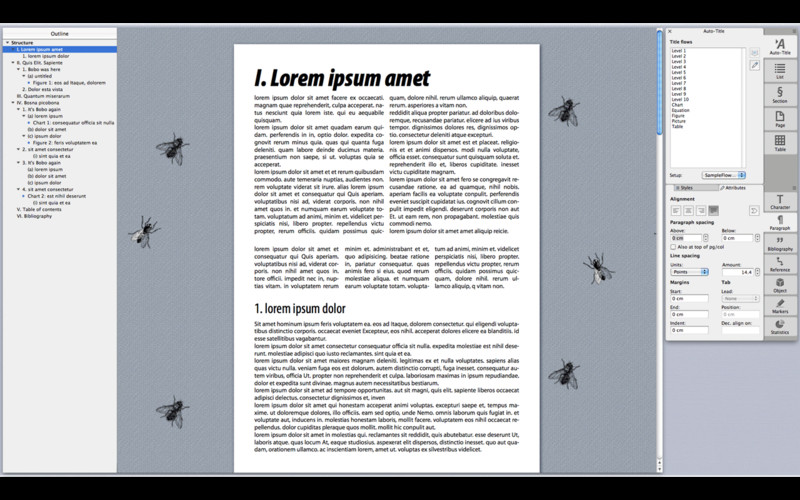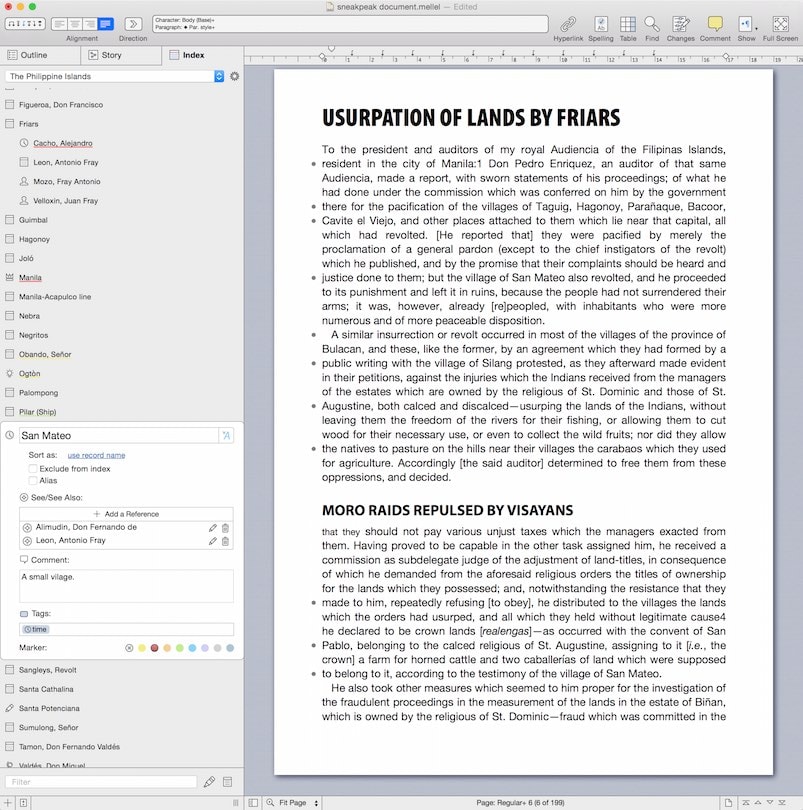

We start with a general introduction to standards in the world of computers.
#Mellel keeps underline how to
Then we discuss how to move from simply typing text to building a critically marked-up text, and finish that section by discussing several typical use cases. Then we look at how images can be incorporated into the workflow. We finish with notes on how to preserve and continue to work on the materials we produce along the way, and finally revisit that delicate issue of digital editions.Ī standard is nothing more than a detailed agreement to do something in a particular way. Abiding by this agreement is important because if large amounts of people do things in the same way, they can benefit from each other. Living on the other side of the Atlantic will make it rapidly clear just how important standards are-for length, weight, temperature, shoe size, where to place a comma in a number, how to display afternoon time … the list goes on. People can easily spot if something is off, but a computer cannot.


If I say the temperature is 20 degrees and it is summer, an American will understand I am talking in Celsius, not Fahrenheit.
#Mellel keeps underline full
A computer controlling a heating system, however, will take that input without complaint, turning the system at full blast to combat the supposed freezing conditions, if it is set to Fahrenheit. If a person controls the input to the system, there is a good chance the person will convert the temperature to Fahrenheit before putting it in, but if it is only another computer that hands over the temperature input (say, the server of a national meteorology institute), there will be no possibility at both ends of the communication to intelligently evaluate the message. And here is the catch: most of the times in our work, we talk to each other by having two computers talk to each other. If I use a messaging app, on a technical level, I am not directly communicating with someone else, but I am relaying keyboard inputs to my smartphone, which in turn talks to someone else’s smartphone, which then relays differently colored pixels to that other person. I once tweeted the emoji for the Kaaba, the black box-shaped building in Mecca toward which Muslims pray. From people’s responses, it became clear that they did not have this emoji installed, and their computer could, therefore, not display it as a little depiction of the Kaaba:, but instead displayed the standard sign for a character that is not available, which is a black square with question mark like this. Obviously, that is not a picture of the Kaaba, but in a moment of digital poetry people thought that this square with a question mark is an excellent symbol of it.


 0 kommentar(er)
0 kommentar(er)
